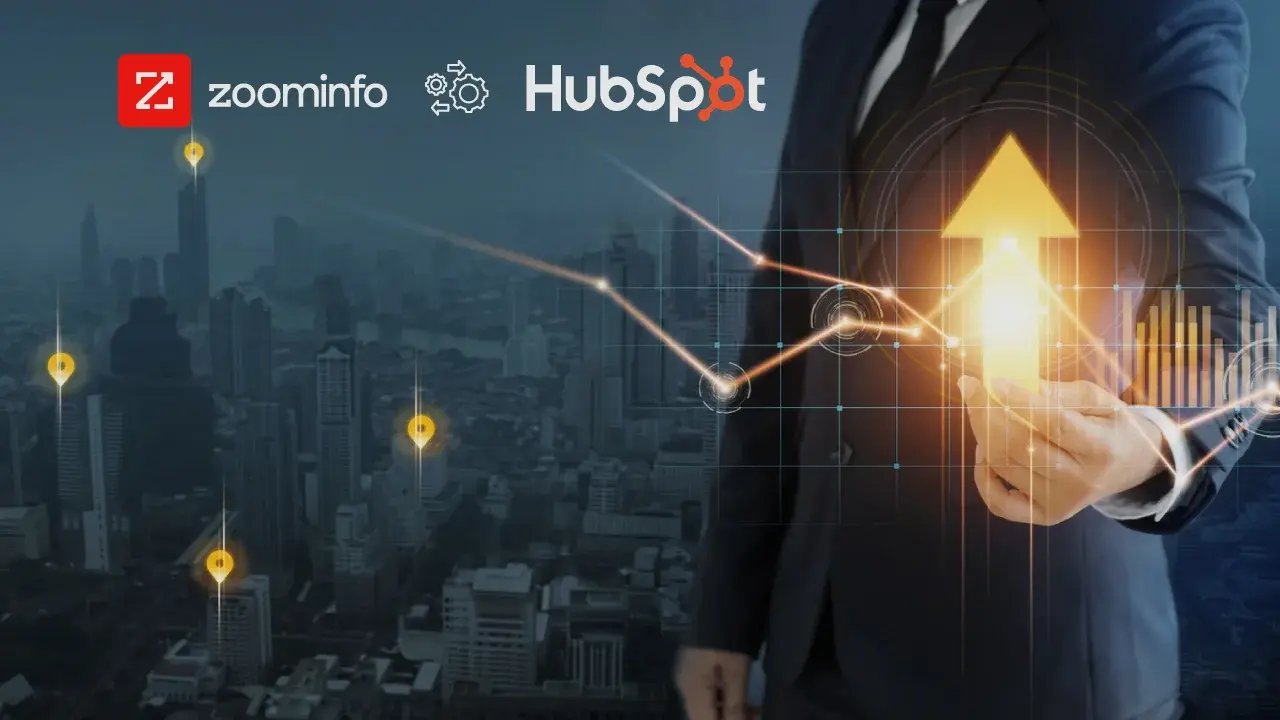Introduction
Imagine your campaigns are finally live, yet engagement is flat, conversions are stalling, and your team is stuck wasting hours switching tools and manually managing workflows.
Meanwhile, your competitors are shipping hyper-personalized content at scale, testing variations in real time, and reallocating spend instantly with minimal effort.
It’s no secret that marketing leaders today must deal with tighter budgets, higher customer acquisition costs (CAC), and mounting pressure to justify return on investment (ROI). Moreover, traditional automation isn’t cutting it.
The shift is that forward-thinking teams are using AI not just to automate, but to optimize, adapting campaigns dynamically based on behavior, intent, and performance signals.
In this blog, we’ll break down how AI-driven campaign automation empowers revenue teams to scale outreach, enhance precision, and drive more pipeline with minimal resources.
How is AI optimizing campaign automation with a few clicks?
Smarter market segmentation
Guesswork in segmentation is a gamble marketing leaders can’t afford when the stakes are high. Moreover, manual methods are slow, often outdated, and miss the nuances of customer behavior, which can result in both time and ROI losses.
AI brings in a breath of fresh air by analyzing large datasets in real-time to uncover hidden patterns. It automatically creates micro-segments based on behavioral, demographic, and psychographic cues with minimal manual effort.
Picture this: An e-commerce brand uses AI to identify “Frequent Buyers,” “Window Shoppers,” or “Cart Abandoners” based on their past behavior. Campaigns can then be hyper-targeted to send cart reminders to one group, while loyalty perks to another.
AI also keeps segments dynamic. If a user starts browsing baby products, they’re instantly shifted into a “parenting” segment to keep your outreach relevant, timely, and more likely to convert.
This helps you achieve smarter targeting, leaner budgets, and campaigns that resonate seamlessly.
Hyper-personalized content marketing
One-size-fits-all marketing is the fastest way to be forgotten. Bear in mind that precision is the new persuasion.
By analyzing real-time data like browsing behavior, search history, and even preferred engagement times, AI crafts messaging that feels one-to-one, at scale.
Let’s take an example travel agency that tracks searches, blog clicks, and email activity. AI identifies users who are solo travelers interested in peaceful beach destinations and typically engage with content at night.
Taking cues from it, these users are sent late-night emails with a blog on “Top 5 Peaceful Beaches for Solo Travelers,” complete with a personalized itinerary and exclusive offers, all automatically.
Likewise, Wix quotes the example of Warby Parker, which garnered success through hyper-personalized email content marketing.
Key takeaways from its strategy include:
Consistency and timing: They send optimized emails regularly and at predictable times, building familiarity and engagement.
Clean, effective design: Minimalist formatting with clear CTAs keeps content focused and easy to digest.
Maximized touchpoints: They capitalize on every opportunity, including cart abandonment, follow-ups, and more, to stay top of mind.
Source: Wix
Resource optimization and cost reduction
A March 2025 Gartner poll of 500+ executives found that 49% anticipated budget and spending cuts in Q2, before fresh U.S. tariff policies raised concerns about inflation and an economic slowdown. This makes optimizing resources and cutting costs non-negotiable.
Thankfully, AI can empower marketing teams on their quest to do more with less without compromising impact.
Salesforce Agentforce helps optimize resources by deploying AI agents that automate tasks across departments, reducing manual effort and boosting productivity. By integrating with the existing systems, it streamlines workflows and allows employees to focus on higher-value work.
By leveraging Deep Research, it operates behind the scenes to handle data processing and manage long-running tasks, boosting productivity across any department. Source: Salesforce
By automating manual tasks like list-building, segmentation, and campaign scheduling, AI allows lean teams to run more campaigns with greater accuracy. It minimizes human errors and ensures flawless execution every time.
With AI, your team can focus on what truly drives growth, while the backend takes care of the grunt work efficiently and cost-effectively.
Improved efficiency and scalability
AI is redefining what marketing operations teams can accomplish. Delays in optimization, slow feedback loops, and excessive manual work burden traditional campaign execution. AI flips this model on its head.
In real-time campaign management. Instead of waiting days to adjust messaging or timing, AI analyzes live performance metrics, like open rates or click-throughs, and adapts on the fly.
For example, Salesforce Marketing Cloud auto-adjusts email send times based on recipient behavior, improving engagement without manual oversight.
Likewise, time-consuming tasks like segmentation, A/B test scheduling, and content distribution are now AI’s job. For instance, HubSpot Campaign Assistant uses AI to generate high-quality copy for landing pages, ads, and emails, freeing marketers to focus on strategy.
Source: HubSpot Campaign Assistant
And when it comes to scaling personalization, AI is unmatched. It can tailor messaging to millions without needing more headcount. Consider Netflix, which leverages AI to send personalized content recommendations at scale, a task that most marketing teams could never accomplish manually.
The bottom line is, AI empowers leaner teams to do more, faster, without compromising relevance or performance.
Smarter attribution and ROI tracking
One of the biggest pain points for revenue and marketing leaders is proving what’s moving the needle. AI is helping overcome this roadblock by delivering sharper attribution and clearer ROI insights, without the manual grind.
With AI and multi-touch attribution, you can track the full customer journey across channels, not just isolated clicks or opens. It reveals which touchpoints truly drive conversions, whether it's a first ad view, a webinar sign-up, or the final sales call.
Source: Salesforce
It also automates attribution modeling, whether you use first-touch, last-touch, or more advanced multi-touch approaches, eliminating the guesswork in linking marketing activities to pipeline and revenue.
Let’s say a B2B company using Bizible (now part of Adobe) automates its multi-touch attribution process. This results in crystal-clear insights into which campaigns influenced deals, helping justify spend and reallocate budget to what truly performs.
The payoff: AI-powered attribution turns marketing from a cost center into a growth engine leaders can trust.
It’s a wrap
Manual campaigns not only waste time but also bleed your pipeline.
While your team spends hours segmenting lists, building workflows, and chasing attribution data, high-growth competitors are already launching AI-powered campaigns that adapt in real time and scale effortlessly.
The truth is that legacy processes can’t keep up with today’s buyer expectations without harnessing the true potential of AI. It becomes a possibility only if AI is seamlessly embedded into your marketing operations.
This is exactly where our RevOps experts chip in to enable forward-thinking teams to overcome the roadblocks of fragmented automation. They integrate AI deeply into your campaign systems to unlock precision targeting, amplified conversion rates, and better ROI across touchpoints.
Let’s scale smarter and automate what’s holding you back.
 Dashboards and analytics
Dashboards and analytics

.webp?width=915&height=514&name=AI%20for%20Campaign%20Automation%20-%20Blog%20Image%20(1).webp)



.webp)



